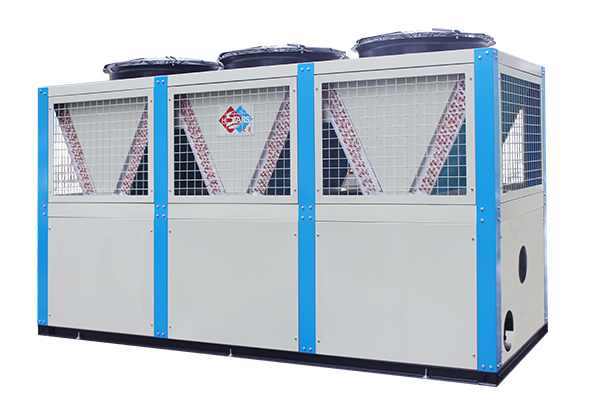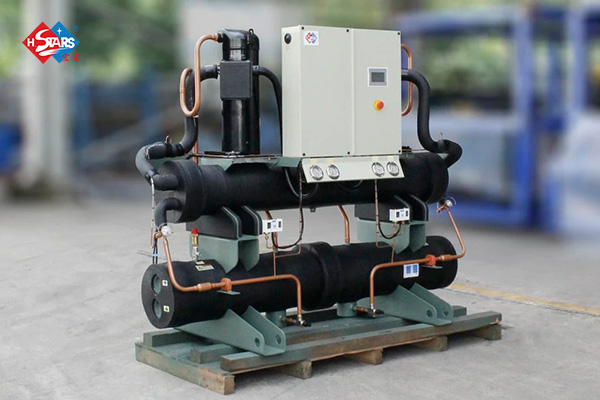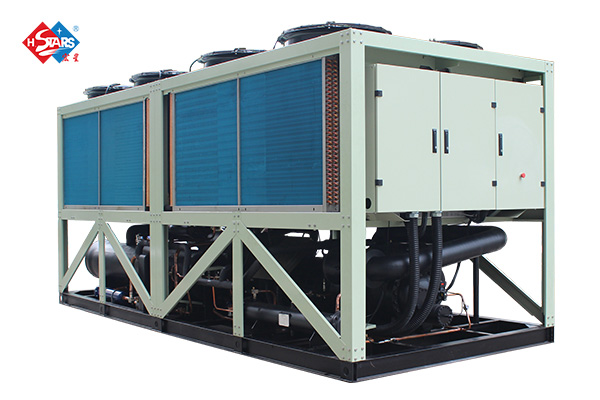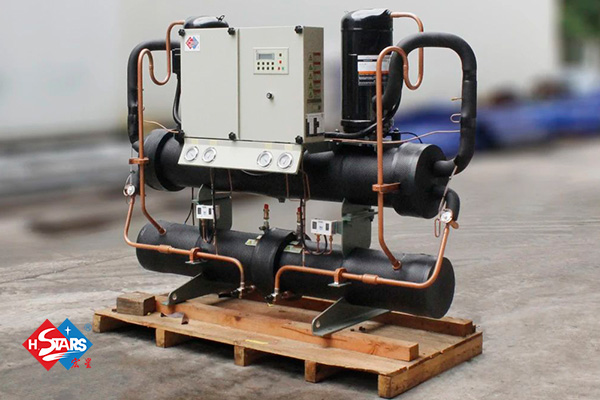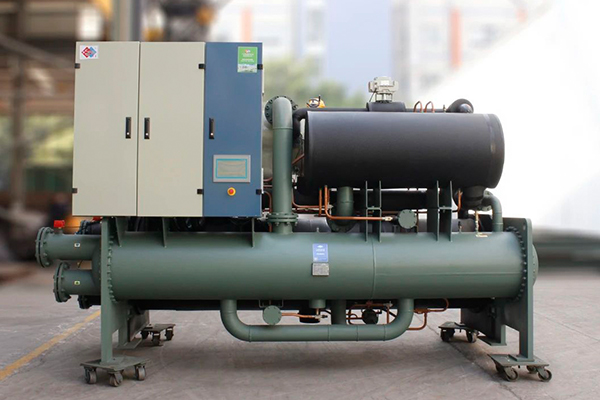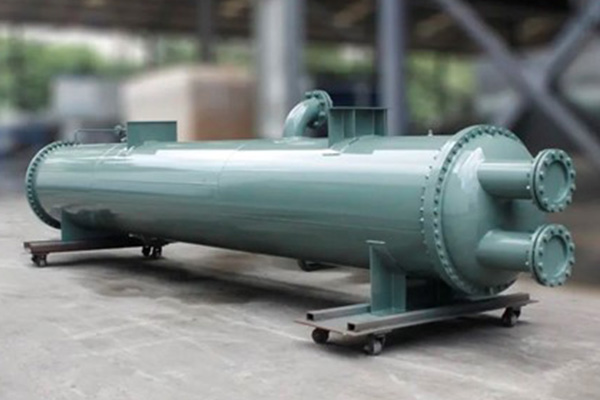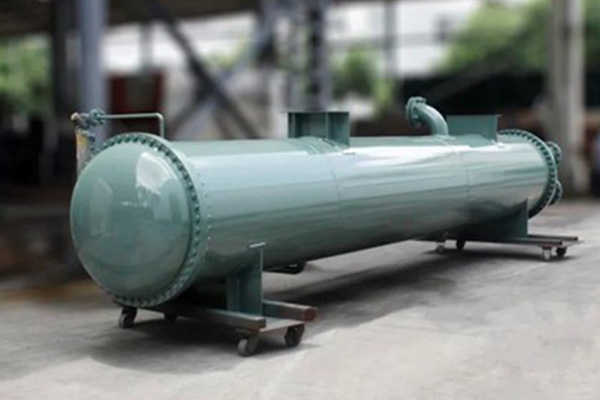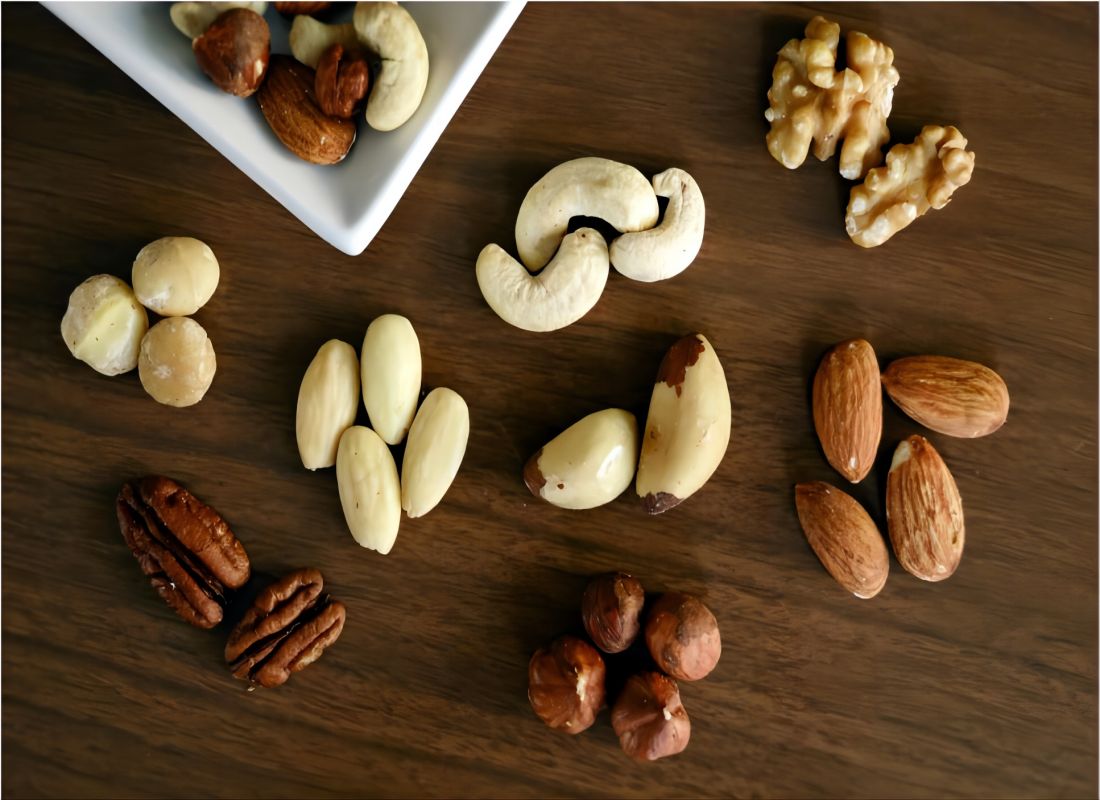In modern grain and food processing, color sorters play a crucial role, and cameras are one of the core components of these machines. By capturing and analyzing images of materials, cameras can identify features such as color and shape, enabling precise sorting. This article delves into the working principles, types, technical characteristics, and importance of color sorter cameras in the sorting process.

Working Principle of Color Sorter Cameras
The primary function of color sorter cameras is to capture images of materials through optical sensors and then transmit the image information to the processing system for analysis. Here are the basic steps of their working principle:
1. Image Capture: As materials pass through the conveyor belt into the sorting area, the camera captures high-speed motion images of the materials using optical sensors. These images contain information about the materials' color, shape, size, and other characteristics.
2. Image Processing: The captured images are transmitted to the image processing unit through a high-speed data interface. The processing unit uses complex algorithms to analyze the images and identify materials that meet or do not meet the standards.
3. Sorting Decision: Based on the image processing results, the system decides whether to reject a particular material particle. The decision information is then transmitted to the execution unit, typically high-speed air valves or mechanical devices, to carry out the rejection operation.

Types of Color Sorter Cameras
Depending on the application scenarios and technical requirements, color sorter cameras can be classified into various types, including:
1. RGB Cameras: RGB cameras capture light information in three basic colors—red, green, and blue—to generate color images. They are suitable for applications requiring differentiation of subtle color differences, such as grain and plastic pellet sorting.
2. Near-Infrared (NIR) Cameras: NIR cameras capture images within the near-infrared spectrum range, suitable for detecting the chemical composition or internal structure of materials. They are often used for sorting organic matter and minerals.
3. Multispectral Cameras: Multispectral cameras can simultaneously capture images in multiple spectral ranges, providing more detailed and rich material information. They are widely used in high-precision and complex sorting tasks.
4. High-Resolution Cameras: High-resolution cameras capture high-quality images with rich details, suitable for fine sorting scenarios, such as tea and seed sorting.
Technical Characteristics of Color Sorter Cameras
The technical characteristics of color sorter cameras directly impact their performance and application effectiveness. Here are some key technical indicators:
1. Resolution: Resolution determines the clarity of the images captured by the camera. High-resolution cameras can capture finer material features, enhancing sorting accuracy.
2. Frame Rate: Frame rate refers to the number of images captured by the camera per second. High frame rate cameras can operate steadily on high-speed production lines, ensuring real-time sorting accuracy.
3. Spectral Range: The spectral range of the camera determines the material features it can detect. Multispectral and NIR cameras can provide richer material information, suitable for complex sorting tasks.
4. Image Processing Speed: Image processing speed directly affects the response time and sorting efficiency of the color sorter. Modern color sorters are typically equipped with high-performance image processing units to ensure real-time analysis and decision-making.
Importance of Color Sorter Cameras
As a core component of color sorters, the performance of cameras directly determines the overall effectiveness of the sorter. High-performance cameras can improve sorting accuracy and efficiency, reduce the number of defective products, and enhance product purity and quality. Moreover, the continuous advancement of camera technology drives the intelligent and automated development of color sorters, allowing them to play a role in a wider range of application fields.
Conclusion
Color sorter cameras are vital in modern agriculture and food processing. With ongoing technological advancements, the resolution, frame rate, spectral range, and image processing capabilities of cameras are continuously improving, enabling color sorters to perform better in more complex and diverse application scenarios. Understanding and mastering the professional knowledge of color sorter cameras helps us better utilize this technology, increasing production efficiency and product quality.
https://www.dvsorter.com/nut-color-sorter
